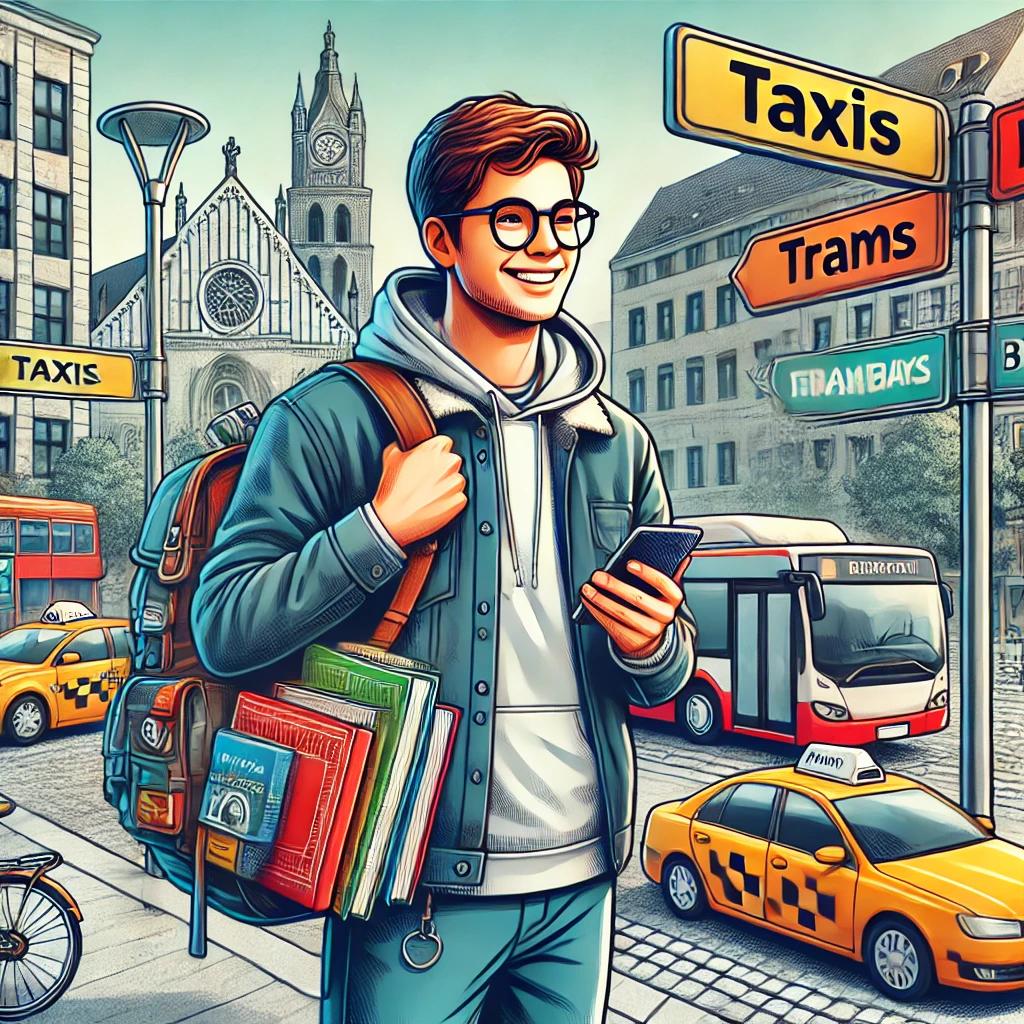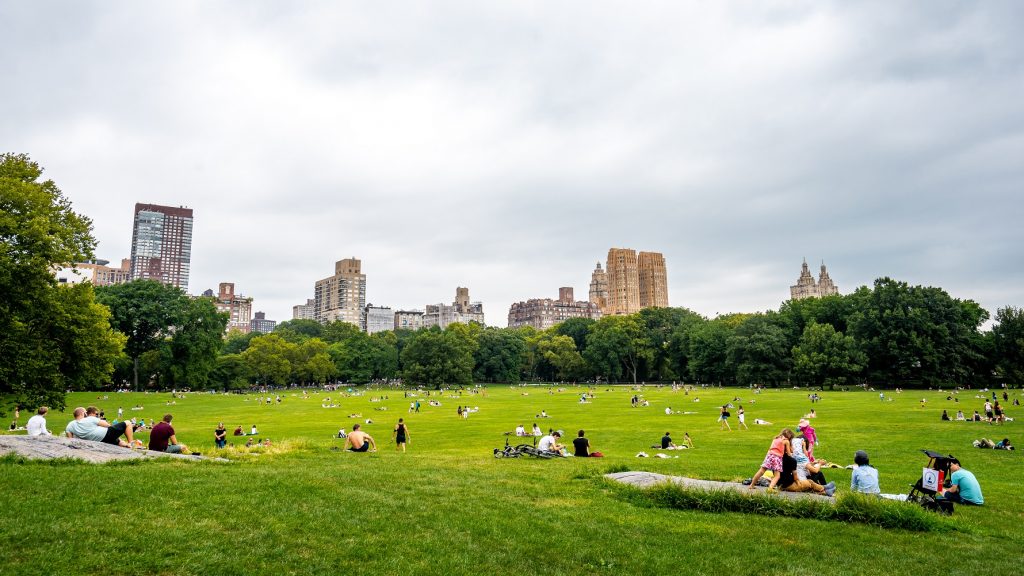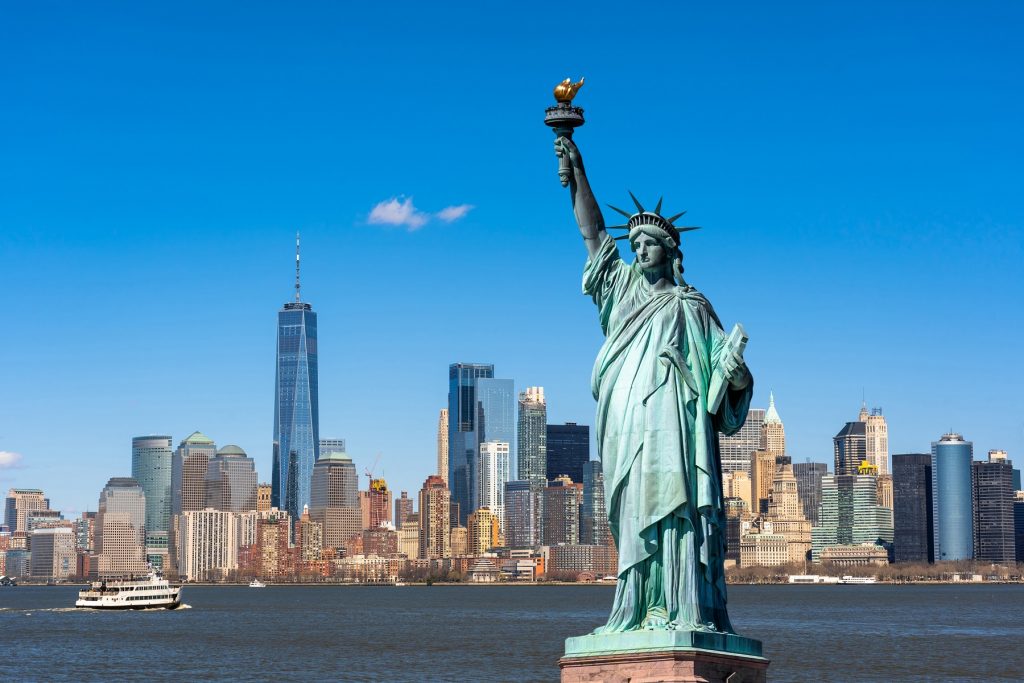
New York City is one of the most iconic metropolises in the world.
When people think of “New York,” towering skyscrapers, the bright lights of Times Square, and the Statue of Liberty often come to mind.
But why did this city become so special and grow into one of the most important global cities? The answer lies in a mix of factors such as location, cultural diversity, and, most importantly, the influential “key players” who helped shape its rise.
1. Perfect Location – It All Starts with Geography!
One of the main reasons for New York’s success is its ideal location.
Manhattan sits at the crossroads of critical trade and transport routes, linking Europe, the Americas, and beyond.
In the 1600s, the Dutch established the settlement of “New Amsterdam” on this prime piece of land, seeing its potential as a vital trading hub.
Its natural harbor, deep enough to accommodate large ships, made it the perfect spot for international trade and commerce, helping it grow into a bustling port city.

Key Player: Henry Hudson
The story of New York begins with explorer Henry Hudson, who, in 1609, navigated the river that now bears his name.
His exploration opened the door to European interest in the area.
Without Hudson’s discovery, New York’s strategic location might have gone unnoticed.
2. The Power of Immigration – Diversity as Strength

New York’s diversity is one of the city’s greatest assets.
In the 19th and early 20th centuries, millions of immigrants arrived through Ellis Island, bringing with them their cultures, traditions, and dreams.
Italians, Irish, Germans, Jews, Chinese, and many others built their lives in New York, creating a multicultural society. This diversity sparked creativity, innovation, and economic growth, making New York a global powerhouse.
Key Player: Emma Lazarus
Poet Emma Lazarus, author of “The New Colossus,” played a symbolic role in New York’s identity as a city of immigrants.
Her famous lines inscribed at the base of the Statue of Liberty — “Give me your tired, your poor, your huddled masses yearning to breathe free” — encapsulated New York’s spirit of welcoming those seeking a better life.
3. A Financial Powerhouse – The World’s Money Moves Here

New York’s rise as a global financial hub is another critical factor in its success.
By the 19th century, Wall Street had become the financial heart of the city.
The New York Stock Exchange (NYSE) emerged as the largest stock market in the world, attracting investment and shaping the global economy.
Key Player: J.P. Morgan
John Pierpont (J.P.) Morgan, the banking titan, was one of the most influential figures in New York’s financial history.
He played a crucial role in the development of industries like steel, railroads, and electricity, fueling New York’s economic dominance.
His leadership in finance helped solidify Wall Street’s position as the epicenter of global finance.
4. A Hub for Culture and Creativity – Where Art and Entertainment Thrive

New York is more than just a business city. It’s a cultural and creative capital, home to Broadway theaters, the Metropolitan Museum of Art, and the Museum of Modern Art (MoMA).
The city has long been a magnet for artists, musicians, writers, and filmmakers, contributing to its reputation as a hub for global culture and entertainment
Key Players: Broadway Producers
The Broadway theater scene owes much of its fame to visionary producers in the early 20th century.
These showmen transformed New York into the world’s premier stage for performing arts.
Their efforts drew actors, writers, and musicians from around the globe, turning Broadway into a symbol of artistic excellence.
Key Player: Andy Warhol
In the 1960s, pop artist Andy Warhol revolutionized the New York art scene with his studio, “The Factory.” His work and influence helped establish New York as the epicenter of modern art, cementing its status as a global cultural capital.
5. Global Leadership – Shaping the World’s Rules
New York is also a leader on the international stage, home to the United Nations headquarters.
This global institution makes New York a place where world leaders come together to discuss and solve international issues, giving the city a critical role in global diplomacy.
Key Player: Eleanor Roosevelt

Eleanor Roosevelt was instrumental in the founding of the United Nations and promoting human rights worldwide.
Her advocacy helped establish New York as a center for humanitarian efforts and international diplomacy, enhancing the city’s global influence.
Conclusion: The Key Players Behind New York’s Rise as a Global City
New York’s rise to global prominence is due to its “ideal location,” “diverse culture,” “economic power,” “creative energy,” and “global leadership.” However, behind these forces stand key players like Henry Hudson, J.P. Morgan, Emma Lazarus, Eleanor Roosevelt, and Andy Warhol, who each played a pivotal role in shaping the city’s destiny.
On the foundations they built, New York continues to evolve, inspiring people from all corners of the world.
New York is not just a city; it’s a place where history, innovation, and culture converge to create the future.
















































